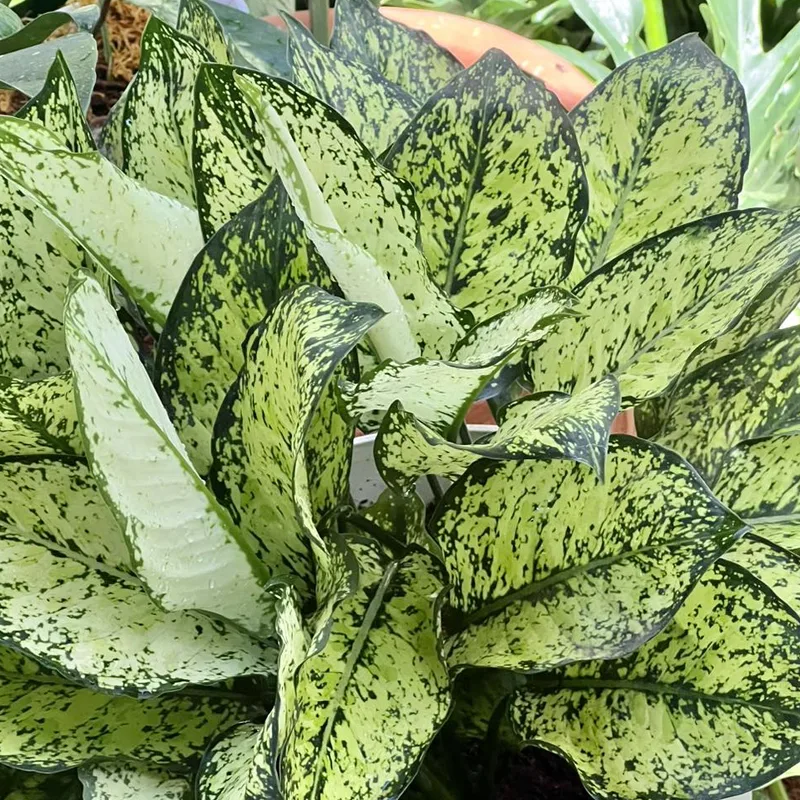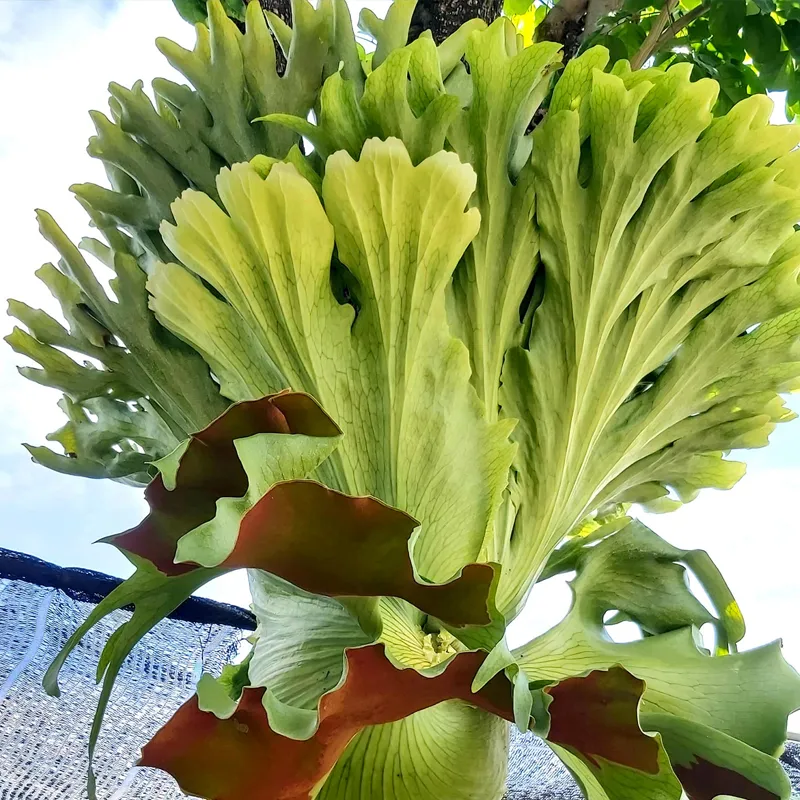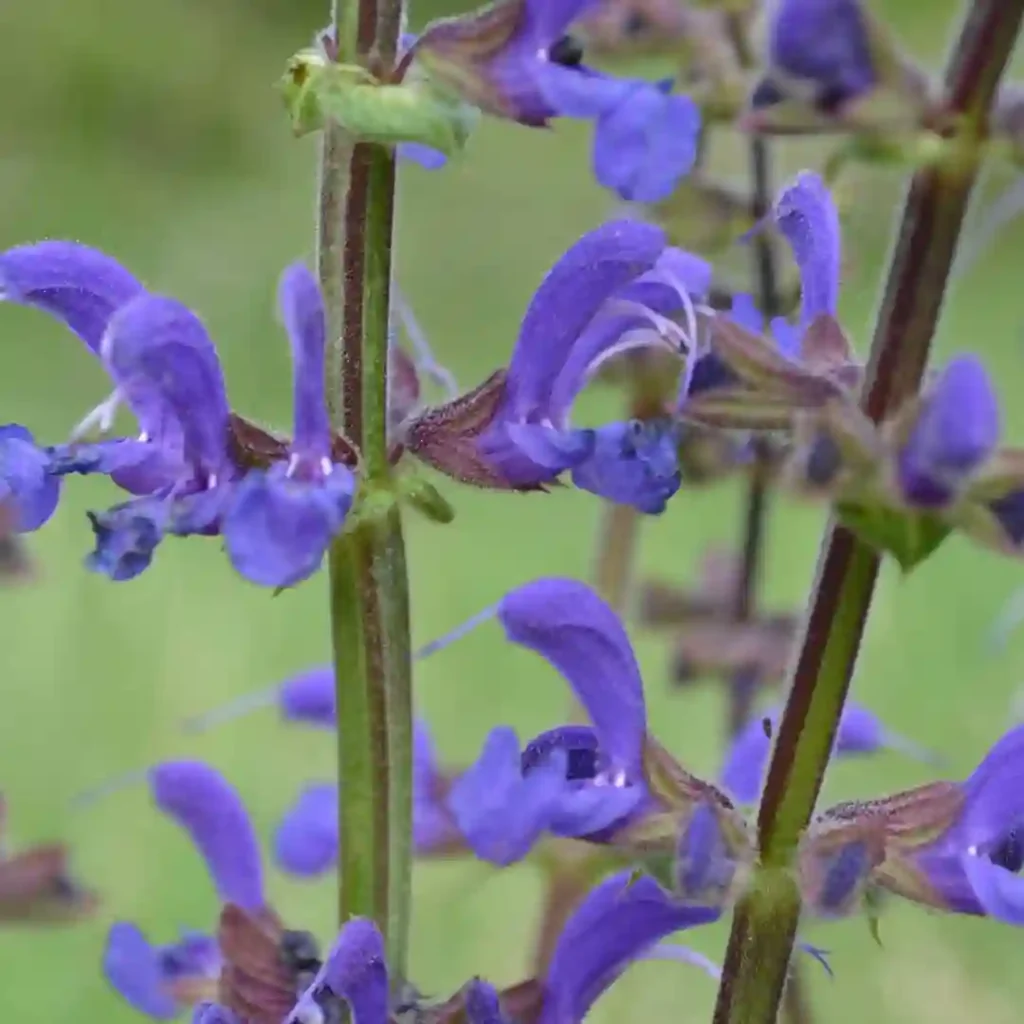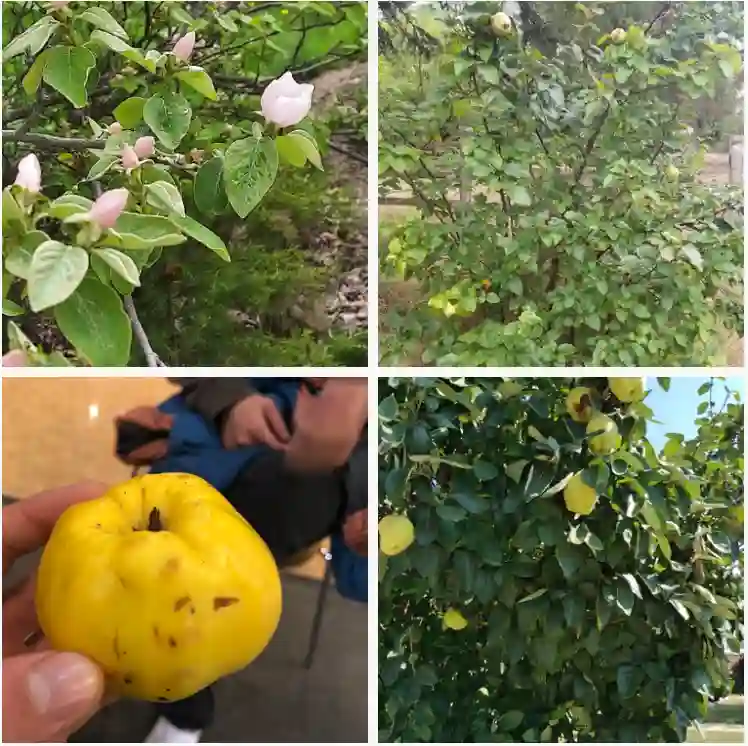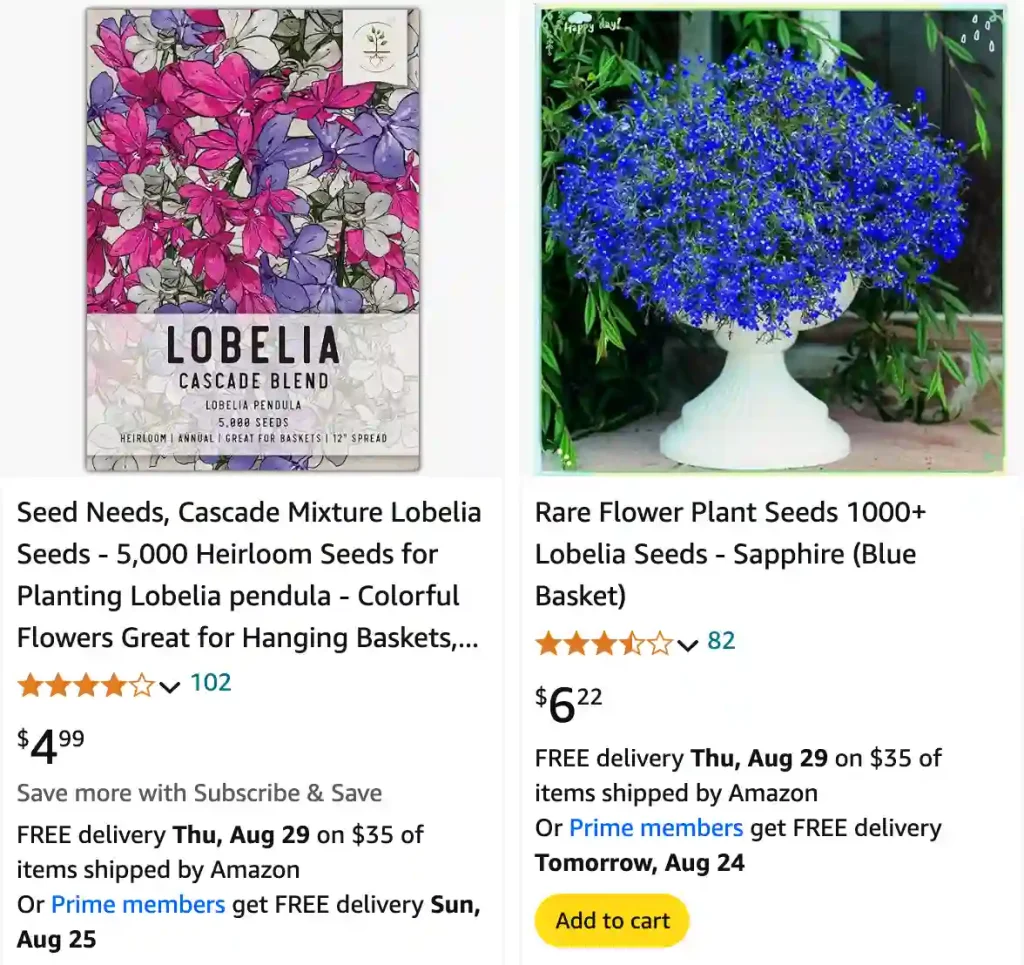
May 18 – Lobelia
"Lobelia, the vibrant flower, defines May 18."
Lobelia represents enthusiasm and versatility. You have a dynamic personality, flourishing in diverse environments. Like this plant, your adaptability and energy are your standout traits.
FAQs About Lobelia: Everything You Need to Know
Lobelia is a strikingly beautiful plant that has won my admiration over the years. Its vibrant blue and purple flowers have a way of brightening up any garden or container. However, with its beauty comes a set of questions that many gardeners, including myself, often find themselves pondering. Here’s a comprehensive look at some of the most frequently asked questions about Lobelia, based on my experiences and observations.
What Is Lobelia?
Lobelia belong to the Campanulaceae family, is a genus of flowering plants that includes both annuals and perennials. It’s known for its cascading growth habit and vibrant blooms, making it a popular choice for hanging baskets, containers, and garden beds. The most common species used in gardens are Lobelia erinus and Lobelia cardinalis. While Lobelia erinus is typically grown as an annual, Lobelia cardinalis is a perennial that can bring color to your garden year after year.
Lobelia species
- Lobelia aberdarica R.E.Fr. & T.C.E.Fr.
- Lobelia acrochila (E.Wimm.) E.B.Knox
- Lobelia acuminata Sw.
- Lobelia acutidens Hook.f.
- Lobelia adnexa E.Wimm.
- Lobelia agrestis E.Wimm.
- Lobelia aguana E.Wimm.
- Lobelia alanae M.A.Pérez-Pérez & T.J.Ayers
- Lobelia alsinoides Lam.
- Lobelia alticaulis Proctor
- Lobelia amoena Michx.
- Lobelia anatina E.Wimm.
- Lobelia anceps L.f.
- Lobelia andrewsii Lammers
- Lobelia angulata G.Forst.
- Lobelia apalachicolensis D.D.Spauld., Barger & H.E.Horne
- Lobelia appendiculata A.DC.
- Lobelia aquaemontis E.Wimm.
- Lobelia aquatica Cham.
- Lobelia archboldiana (Merr. & L.M.Perry) Moeliono
- Lobelia archeri N.G.Walsh
- Lobelia ardisiandroides Schltr.
- Lobelia arnhemiaca E.Wimm.
- Lobelia arunachalensis D.Borah, Tangjang & A.P.Das
- Lobelia assurgens L.
- Lobelia aurita (Brandegee) T.J.Ayers
- Lobelia ayersiae Rzed.
- Lobelia bambuseti R.E.Fr. & T.C.E.Fr.
- Lobelia barkerae E.Wimm.
- Lobelia barnsii Exell
- Lobelia batsonii Pittman & Sorrie
- Lobelia baumannii Engl.
- Lobelia beaugleholei Albr.
- Lobelia benthamii F.Muell.
- Lobelia bequaertii De Wild.
- Lobelia berlandieri A.DC.
- Lobelia biflora Rzed.
- Lobelia bipinnatifida Rzed.
- Lobelia blantyrensis E.Wimm.
- Lobelia boivinii Sond.
- Lobelia boninensis Koidz.
- Lobelia borneensis (Hemsl.) Moeliono
- Lobelia boykinii Torr. & A.Gray ex A.DC.
- Lobelia brachyantha Merr. & L.M.Perry
- Lobelia brasiliensis A.O.S.Vieira & G.J.Sheph.
- Lobelia brevifolia Nutt. ex A.DC.
- Lobelia bridgesii Hook. & Arn.
- Lobelia brigittalis E.H.L.Krause
- Lobelia bryophila E.Wimm.
- Lobelia burttii E.A.Bruce
- Lobelia cacuminis Britton & P.Wilson
- Lobelia caeciliae E.Wimm.
- Lobelia caerulea Sims
- Lobelia caledoniana C.D.Adams
- Lobelia calochlamys (Donn.Sm.) Wilbur
- Lobelia camporum Pohl
- Lobelia canbyi A.Gray
- Lobelia capillifolia (C.Presl) A.DC.
- Lobelia cardinalis L. Plant FAQs: Cardinal Flower – Lobelia Cardinalis
- Lobelia carens Heenan
- Lobelia caudata (Griseb.) Urb.
- Lobelia chamaedryfolia (C.Presl) A.DC.
- Lobelia chamaepitys Lam.
- Lobelia cheranganiensis Thulin
- Lobelia chevalieri Danguy
- Lobelia chinensis Lour.
- Lobelia chireensis A.Rich.
- Lobelia christii Urb.
- Lobelia circaeoides (C.Presl) A.DC.
- Lobelia cirsiifolia Lam.
- Lobelia clavata E.Wimm.
- Lobelia claviflora Albr. & R.W.Jobson
- Lobelia cleistogamoides N.G.Walsh & Albr.
- Lobelia cliffortiana L.
- Lobelia cobaltica S.Moore
- Lobelia cochleariifolia Diels
- Lobelia collina Kunth
- Lobelia columnaris Hook.f.
- Lobelia comosa L.
- Lobelia comptonii E.Wimm.
- Lobelia concolor R.Br.
- Lobelia conferta Merr. & L.M.Perry
- Lobelia conglobata Lam.
- Lobelia cordifolia Hook. & Arn.
- Lobelia corniculata Thulin
- Lobelia coronopifolia L.
- Lobelia corymbiformis Rzed.
- Lobelia cubana Urb.
- Lobelia cuneifolia Link & Otto
- Lobelia cyanea E.Wimm.
- Lobelia cymbalarioides Engl.
- Lobelia cyphioides Harv.
- Lobelia darlingensis (E.Wimm.) Albr.
- Lobelia dasyphylla E.Wimm.
- Lobelia davidii Franch.
- Lobelia deckenii (Asch.) Hemsl. Plant FAQs: Lobelia Deckenii
- Lobelia decurrens Cav.
- Lobelia decurrentifolia (Kuntze) K.Schum.
- Lobelia deleiensis C.E.C.Fisch.
- Lobelia dentata Cav.
- Lobelia diastateoides McVaugh
- Lobelia diazlunae Rzed. & Calderón
- Lobelia dichroma Schltr.
- Lobelia dielsiana E.Wimm.
- Lobelia digitalifolia (Griseb.) Urb.
- Lobelia dioica R.Br.
- Lobelia dissecta M.B.Moss
- Lobelia divaricata Hook. & Arn.
- Lobelia divergens Rzed.
- Lobelia djurensis Engl. & Diels
- Lobelia dodiana E.Wimm.
- Lobelia donanensis P.Royen
- Lobelia dopatrioides Kurz
- Lobelia dortmanna L.
- Lobelia dregeana (C.Presl) A.DC.
- Lobelia dressleri Wilbur
- Lobelia drungjiangensis D.Y.Hong
- Lobelia dunbariae Rock
- Lobelia duriprati T.C.E.Fr.
- Lobelia eckloniana (C.Presl) D.Dietr.
- Lobelia ehrenbergii Vatke
- Lobelia ekmanii Urb.
- Lobelia elongata Small
- Lobelia endlichii (E.Wimm.) T.J.Ayers
- Lobelia erectiuscula H.Hara
- Lobelia erinus L. Plant FAQs: Lobelia Erinus
- Lobelia erlangeriana Engl.
- Lobelia eryliae C.E.C.Fisch.
- Lobelia eurypoda E.Wimm.
- Lobelia exaltata Pohl
- Lobelia excelsa Bonpl.
- Lobelia exilis Hochst. ex A.Rich.
- Lobelia fangiana (E.Wimm.) S.Y.Hu
- Lobelia fastigiata Kunth
- Lobelia fatiscens Heenan
- Lobelia fawcettii Urb.
- Lobelia feayana A.Gray
- Lobelia fenestralis Cav.
- Lobelia fenshamii N.G.Walsh & Albr.
- Lobelia fervens Thunb.
- Lobelia filicaulis (C.Presl) Schönland
- Lobelia filiformis Lam.
- Lobelia filipes E.Wimm.
- Lobelia fissiflora N.G.Walsh
- Lobelia fistulosa Vell.
- Lobelia flaccida (C.Presl) A.DC.
- Lobelia flaccidifolia Small
- Lobelia flexicaulis Rzed. & Calderón
- Lobelia flexuosa (C.Presl) A.DC.
- Lobelia floridana Chapm.
- Lobelia foliiformis T.J.Zhang & D.Y.Hong
- Lobelia fontana Albr. & N.G.Walsh
- Lobelia fugax Heenan, Courtney & P.N.Johnson
- Lobelia galpinii Schltr.
- Lobelia gaoligongshanica D.Y.Hong
- Lobelia gattingeri A.Gray
- Lobelia gaudichaudii A.DC.
- Lobelia gelida F.Muell.
- Lobelia georgiana McVaugh
- Lobelia ghiesbreghtii Decne.
- Lobelia gibbosa Labill.
- Lobelia giberroa Hemsl.
- Lobelia gilgii Engl.
- Lobelia gilletii De Wild.
- Lobelia glaberrima Heenan
- Lobelia gladiaria McVaugh
- Lobelia glandulosa Walter
- Lobelia glaucescens E.Wimm.
- Lobelia glazioviana Zahlbr.
- Lobelia gloria-montis Rock
- Lobelia goetzei Diels
- Lobelia goldmanii (Fernald) T.J.Ayers
- Lobelia gouldii W.Fitzg.
- Lobelia gracillima Welw. ex Hiern
- Lobelia grandifolia Britton
- Lobelia graniticola E.Wimm.
- Lobelia grayana E.Wimm.
- Lobelia gregoriana Baker f.
- Lobelia griffithii Hook.f. & Thomson
- Lobelia gruina Cav.
- Lobelia guatemalensis (B.L.Rob. ex Donn.Sm.) Wilbur
- Lobelia guerrerensis Eakes & Lammers
- Lobelia guzmanii Rzed.
- Lobelia gypsophila T.J.Ayers
- Lobelia hainanensis E.Wimm.
- Lobelia harrisii Urb.
- Lobelia hartlaubii Buchenau
- Lobelia hartwegii Benth. ex A.DC.
- Lobelia hassleri Zahlbr.
- Lobelia hederacea Cham.
- Lobelia henodon E.Wimm.
- Lobelia henricksonii M.C.Johnst.
- Lobelia hereroensis Schinz
- Lobelia heteroclita McVaugh
- Lobelia heterophylla Labill.
- Lobelia heyneana Schult.
- Lobelia hilaireana (Kanitz) E.Wimm.
- Lobelia hillebrandii Rock
- Lobelia hintoniorum B.L.Turner
- Lobelia hirtipes E.Wimm.
- Lobelia holotricha E.Wimm.
- Lobelia holstii Engl.
- Lobelia homophylla E.Wimm.
- Lobelia hongiana Q.F.Wang & G.W.Hu
- Lobelia horombensis E.Wimm.
- Lobelia hotteana Judd & Skean
- Lobelia humistrata F.Muell. ex Benth.
- Lobelia humpatensis E.Wimm.
- Lobelia hypnodes E.Wimm. ex McVaugh
- Lobelia hypoleuca Hillebr.
- Lobelia hypsibata E.Wimm.
- Lobelia illota McVaugh
- Lobelia imberbis (Griseb.) Urb.
- Lobelia inconspicua A.Rich.
- Lobelia inflata L. Plant FAQs: Lobelia Inflata – Indian Tobacco
- Lobelia innominata Rendle
- Lobelia intercedens (E.Wimm.) Thulin
- Lobelia irasuensis Planch. & Oerst.
- Lobelia irrigua R.Br.
- Lobelia iteophylla C.Y.Wu
- Lobelia jaliscensis McVaugh
- Lobelia jasionoides (A.DC.) E.Wimm.
- Lobelia kalmii L.
- Lobelia kalobaensis E.Wimm. ex Thulin
- Lobelia × kauaensis (A.Gray) A.Heller
- Lobelia kirkii R.E.Fr.
- Lobelia knoblochii T.J.Ayers
- Lobelia koolauensis (Hosaka & Fosberg) Lammers
- Lobelia kraussii Graham
- Lobelia kundelungensis Thulin
- Lobelia lammersiana P.Biju, Josekutty & Augustine
- Lobelia langeana Dusén
- Lobelia lasiocalycina E.Wimm.
- Lobelia laurentioides Schltr.
- Lobelia laxa MacOwan
- Lobelia laxiflora Kunth
- Lobelia leichhardii E.Wimm.
- Lobelia lepida E.Wimm.
- Lobelia leschenaultiana (C.Presl) Skottsb.
- Lobelia leucotos Albr.
- Lobelia limosa (Adamson) E.Wimm.
- Lobelia linarioides (C.Presl) A.DC.
- Lobelia lindblomii Mildbr.
- Lobelia linearis Thunb.
- Lobelia lingulata E.Wimm.
- Lobelia linnaeoides (Hook.f.) Petrie
- Lobelia lisowskii Thulin
- Lobelia lithophila Senterre & Cast.-Campos
- Lobelia livingstoniana R.E.Fr.
- Lobelia lobata E.Wimm.
- Lobelia longicaulis Brandegee
- Lobelia longipedicellata C.E.C.Fisch.
- Lobelia longisepala Engl.
- Lobelia loochooensis Koidz.
- Lobelia lucayana Britton & Millsp.
- Lobelia lukwangulensis Engl.
- Lobelia luruniensis E.Wimm.
- Lobelia luzoniensis (Pers.) Merr.
- Lobelia macdonaldii B.L.Turner
- Lobelia macrocentron (Benth.) T.J.Ayers
- Lobelia macrodon (Hook.f.) Lammers
- Lobelia malowensis E.Wimm.
- Lobelia margarita E.Wimm.
- Lobelia martagon (Griseb.) Hitchc.
- Lobelia mcvaughii T.J.Ayers
- Lobelia melliana E.Wimm.
- Lobelia membranacea R.Br.
- Lobelia mexicana E.Wimm.
- Lobelia mezlerioides E.Wimm.
- Lobelia mildbraedii Engl.
- Lobelia minutula Engl.
- Lobelia modesta Wedd.
- Lobelia molleri Henriq.
- Lobelia monostachya (Rock) Lammers
- Lobelia montana Reinw. ex Blume
- Lobelia morogoroensis E.B.Knox & Pócs
- Lobelia muscoides Cham.
- Lobelia nana Kunth
- Lobelia neglecta Schult.
- Lobelia neumannii T.C.E.Fr.
- Lobelia nicotianifolia Roth
- Lobelia niihauensis H.St.John
- Lobelia nubicola McVaugh
- Lobelia nubigena J.Anthony
- Lobelia nugax E.Wimm.
- Lobelia nummularia Lam.
- Lobelia nummularioides Cham.
- Lobelia nuttallii Schult.
- Lobelia oahuensis Rock
- Lobelia oaxacana Rzed.
- Lobelia obconica E.Wimm.
- Lobelia occidentalis McVaugh & Huft
- Lobelia oligophylla (Wedd.) Lammers
- Lobelia oreas E.Wimm.
- Lobelia organensis Gardner
- Lobelia orientalis Rzed. & Calderón
- Lobelia origenes Lammers
- Lobelia ovina E.Wimm.
- Lobelia oxyphylla Urb.
- Lobelia pachytricha Albr. & N.G.Walsh
- Lobelia paludigena Thulin
- Lobelia paludosa Nutt.
- Lobelia paranaensis R.Braga
- Lobelia parva Badré & Cadet
- Lobelia parvidentata L.O.Williams
- Lobelia parvisepala E.Wimm.
- Lobelia patula L.f.
- Lobelia pedunculata R.Br.
- Lobelia pentheri E.Wimm.
- Lobelia perpusilla Hook.f.
- Lobelia perrieri E.Wimm.
- Lobelia persicifolia Lam.
- Lobelia petiolata Hauman
- Lobelia philippinensis Skottsb.
- Lobelia physaloides A.Cunn.
- Lobelia pinifolia L.
- Lobelia plebeia E.Wimm.
- Lobelia pleotricha Diels
- Lobelia poetica E.Wimm.
- Lobelia polyphylla Hook. & Arn.
- Lobelia porphyrea Rzed. & Calderón
- Lobelia portoricensis (Vatke) Urb.
- Lobelia pratioides Benth.
- Lobelia preslii A.DC.
- Lobelia pringlei S.Watson
- Lobelia proctorii Argent & P.Wilkie
- Lobelia psilostoma E.Wimm.
- Lobelia pteropoda (C.Presl) A.DC.
- Lobelia puberula Michx.
- Lobelia pubescens Aiton
- Lobelia pulchella Vatke
- Lobelia purpurascens R.Br.
- Lobelia purpusii Brandegee
- Lobelia pyramidalis Wall.
- Lobelia quadrangularis R.Br.
- Lobelia quadrisepala (R.D.Good) E.Wimm.
- Lobelia quarreana E.Wimm.
- Lobelia quiexobrae Rzed.
- Lobelia rarifolia E.Wimm.
- Lobelia reinekeana E.Wimm.
- Lobelia reinwardtiana (C.Presl) A.DC.
- Lobelia remyi Rock
- Lobelia reniformis Cham.
- Lobelia reptans W.J.de Wilde & Duyfjes
- Lobelia reverchonii B.L.Turner
- Lobelia rhombifolia de Vriese
- Lobelia rhynchopetalum Hemsl.
- Lobelia rhytidosperma Benth.
- Lobelia ritabeaniana E.B.Knox
- Lobelia rivalis E.Wimm.
- Lobelia robusta Graham
- Lobelia × rogersii Bowden
- Lobelia rosalindae Rzed.
- Lobelia rosea Wall.
- Lobelia rotundifolia Juss. ex A.DC.
- Lobelia roughii Hook.f.
- Lobelia rubescens De Wild.
- Lobelia rzedowskii Art.Castro & I.Gut.
- Lobelia salicina Lam.
- Lobelia sancta Thulin
- Lobelia santa-luciae Rendle
- Lobelia santos-limae Brade
- Lobelia sapinii De Wild.
- Lobelia sartorii Vatke
- Lobelia saturninoi Art.Castro & I.Gut.
- Lobelia scebelii Chiov.
- Lobelia schimperi Hochst. ex A.Rich.
- Lobelia scrobiculata E.Wimm.
- Lobelia seguinii H.Lév. & Vaniot
- Lobelia serpens Lam.
- Lobelia serratifolia W.J.de Wilde & Duyfjes
- Lobelia sessilifolia Lamb.
- Lobelia setacea Thunb.
- Lobelia setulosa E.Wimm.
- Lobelia shaferi Urb.
- Lobelia simplicicaulis R.Br.
- Lobelia simulans N.G.Walsh
- Lobelia sinaloae Sprague
- Lobelia siphilitica L. Plant FAQs: Great Blue Lobelia – Lobelia Siphilitica
- Lobelia solaris E.Wimm.
- Lobelia sonderiana (Kuntze) Lammers
- Lobelia spathopetala Diels
- Lobelia × speciosa Sweet
- Lobelia spicata Lam.
- Lobelia standleyi McVaugh
- Lobelia stenocarpa E.Wimm.
- Lobelia stenodonta (Fernald) McVaugh
- Lobelia stenophylla Benth.
- Lobelia stenosiphon (Adamson) E.Wimm.
- Lobelia stolonifera Donn.Sm.
- Lobelia stricklandiae Gilliland
- Lobelia stricta Sw.
- Lobelia stuhlmannii Schweinf. ex Stuhlmann
- Lobelia sublibera S.Watson
- Lobelia subnuda Benth.
- Lobelia subpubera Wedd.
- Lobelia subscaposa Rzed.
- Lobelia sulawesiensis Lammers
- Lobelia sumatrana Merr.
- Lobelia surrepens Hook.f.
- Lobelia sutherlandii E.Wimm.
- Lobelia taliensis Diels
- Lobelia tarsophora Seaton ex Greenm.
- Lobelia tatea (E.Wimm.) E.Wimm.
- Lobelia telekii Schweinf.
- Lobelia telephioides (C.Presl) A.DC.
- Lobelia tenera Kunth
- Lobelia tenuior R.Br.
- Lobelia terminalis C.B.Clarke
- Lobelia thapsoidea Schott ex Pohl
- Lobelia thermalis Thunb.
- Lobelia thorelii E.Wimm.
- Lobelia thuliniana E.B.Knox
- Lobelia tomentosa L.f.
- Lobelia trigonocaulis F.Muell.
- Lobelia tripartita Thulin
- Lobelia trullifolia Hemsl.
- Lobelia tupa L.
- Lobelia udzungwensis Thulin
- Lobelia uliginosa E.Wimm.
- Lobelia umbellifera McVaugh
- Lobelia urens L.
- Lobelia vagans Balf.f.
- Lobelia valida L.Bolus
- Lobelia vanreenensis (Kuntze) K.Schum.
- Lobelia victoriensis P.Royen
- Lobelia villaregalis T.J.Ayers
- Lobelia villosa (Rock) H.St.John & Hosaka
- Lobelia viridiflora McVaugh
- Lobelia vivaldii Lammers & Proctor
- Lobelia volcanica T.J.Ayers
- Lobelia wahiawa Lammers
- Lobelia walkeri (C.B.Clarke) W.J.de Wilde & Duyfjes
- Lobelia welwitschii Engl. & Diels
- Lobelia wilmsiana Diels
- Lobelia winifrediae Diels
- Lobelia wollastonii Baker f.
- Lobelia xalapensis Kunth
- Lobelia xongorolana E.Wimm.
- Lobelia yucatana E.Wimm.
- Lobelia yuccoides Hillebr.
- Lobelia zelayensis Wilbur
- Lobelia zeylanica L.
Is Lobelia a Perennial?
The answer depends on the species. Lobelia erinus, commonly known as trailing Lobelia, is generally grown as an annual. It doesn’t survive frost and needs to be replanted each year. On the other hand, Lobelia cardinalis, also known as cardinal flower, is a perennial. It can come back each year and provide reliable color in your garden.
How to Care for Lobelia?
Caring for Lobelia involves a few simple steps that can ensure it thrives throughout its growing season:
- Light Requirements: Lobelia typically prefers cooler temperatures and can tolerate partial shade. However, some varieties, like Lobelia erinus, can thrive in full sun as long as they receive consistent moisture.
- Soil: They like well-drained soil that is rich in organic matter. Ensuring good drainage is crucial to prevent root rot.
- Watering: Regular watering is essential. Keep the soil consistently moist, but avoid waterlogging.
- Fertilizing: A balanced, all-purpose fertilizer applied monthly can help promote healthy growth and blooming.
How to Deadhead Lobelia?
Deadheading is important for prolonging the blooming period of Lobelia. Simply remove the spent flowers by pinching them off or cutting them back to the base. This encourages the plant to produce more blooms and helps maintain its tidy appearance.
Do Lobelia Like Sun or Shade?
Lobelia’s preference for sun or shade can vary based on the species. Lobelia erinus thrives in full sun to partial shade, while Lobelia cardinalis tends to do better in partial shade to full shade. Understanding the specific needs of the variety you are growing will help you place it in the ideal location.
How to Keep Lobelia Blooming All Summer?
To keep Lobelia blooming all summer, ensure that it receives adequate water and nutrients. Regular deadheading is also crucial. In addition, providing some shade during the hottest parts of the day can help prevent the plants from going dormant in extreme heat.
Is Lobelia Deer Resistant?
Yes, Lobelia is generally considered deer resistant. Deer tend to avoid plants with strong fragrances or those that are toxic. However, in times of food scarcity, deer might nibble on almost anything, so it’s not a guarantee.
Do Deer Eat Lobelia?
While Lobelia is deer resistant, it’s not completely immune. In my experience, deer will sometimes munch on it if other food sources are scarce. Using deer repellents or physical barriers can help protect your Lobelia if deer are a persistent problem in your area.
Do Rabbits Eat Lobelia?
Rabbits are less likely to eat Lobelia compared to other garden plants. However, they can still be a nuisance if food sources are limited. Implementing deterrents or fencing might be necessary if you notice rabbit activity.
Is Lobelia Poisonous to Dogs?
Lobelia is indeed considered toxic to dogs. Ingesting even a small amount can cause symptoms like vomiting, diarrhea, and drooling. Keeping Lobelia out of reach of pets or choosing pet-safe plants might be a wise choice if you have dogs.
Is Lobelia Poisonous to Cats?
Similar to dogs, Lobelia is toxic to cats. It can cause gastrointestinal upset and other symptoms if ingested. As with dogs, it’s best to place Lobelia in areas inaccessible to your feline friends.
Do Hummingbirds Like Lobelia?
Absolutely! Lobelia’s vibrant blue and purple flowers attract hummingbirds, making it a great addition to a garden designed to attract these beautiful birds. The tubular shape of the flowers is particularly appealing to hummingbirds.
Lobelia vs Lithodora
When comparing Lobelia to Lithodora, both are great choices for ground cover and containers, but they have some differences. Lobelia has a more trailing habit and can handle a bit more sun, while Lithodora is known for its brilliant blue flowers and prefers cooler conditions and partial shade. Both attract pollinators, but the choice between them might come down to your specific garden conditions and aesthetic preferences.
Additional Tips and Common Problems
- Pests: Lobelia can be susceptible to aphids and spider mites. Regular inspections and proper care can help manage these issues.
- Winter Care: For perennial varieties, applying mulch around the base can help protect the roots during winter months.
- Propagation: Lobelia can be propagated from seeds or by taking cuttings. For annuals, starting seeds indoors early can give you a head start on the growing season.
Lobelia is a versatile and beautiful plant that, with the right care, can enhance any garden or container. Whether you’re dealing with pests, wondering about deer resistance, or just trying to keep it blooming, understanding these aspects can make your gardening experience more rewarding.
If i die, water my plants!
